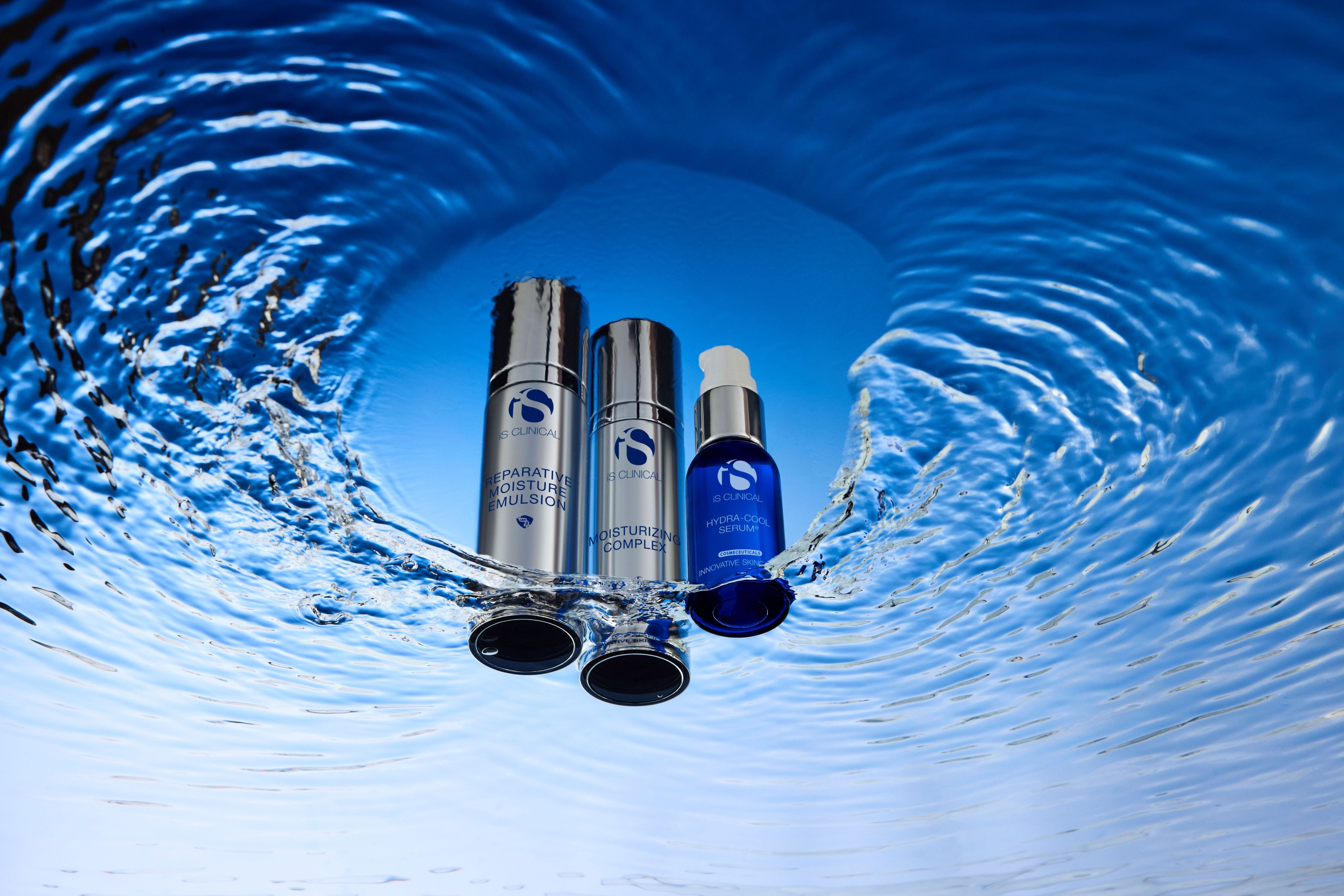Skin sensitivity is common amongst an estimated 50% of individuals. That’s an estimated 60-70% in women and 50-60% in men that have reported some degree of sensitive skin. It is unknow exactly how much of the population is prone to cosmetic-related allergies. A 2010 study of 900 participants found that over one-third had at least one reaction or sensitivity to a cosmetic product. Although it is unknown exactly how much of the general population is prone to cosmetic- related allergies or sensitivity, it has been estimated that 10% will have a reaction at least once in their lifetime.

Common Causes and Signs of Sensitive Skin
Sensitive skin is often observed as rough, flaky patches of skin, areas of redness, wrinkled appearance and/or texture, swelling, peeling and occasionally open sores. Skin that is sensitive is typically suffering from a compromised barrier, trans epidermal water loss and heightened neuro-sensitivity response. Our skin barrier is our first line of defence and is made up of cells called corneocytes which are ‘glued’ together by a combination of lipids. The main function is to stop pathogens, allergens and irritants from entering the skin but also to retain moisture. When compromised it is the perfect environment to allow for ‘nasties’ to enter the skin and moisture to seep out, this is a function known as Trans Epidermal Water Loss (TEWL), which can often lead to our skin feeling dehydrated.
A skin reaction occurs when triggers are applied topically to the skin, sensitive skin tends to be more easily irritated by external stimulus, causing the skin to have an immune response. Once the irritation occurs the body’s immune response ‘overreacts’ and can cause more long-lasting symptoms.
Skin Conditions linked with Sensitive Skin
Dry/ Dehydrated Skin
Dehydrated skin occurs when the protective uppermost layer of the skin, known as the stratum corneum, is lacking in moisture. Your body has lost more fluid than it has taken in. Affected by external factors such as medication (cancer treatments, antacids, diuretics, acne treatments), environment (working inside, air conditioning, heating, outside), season (seasonal changes, summer into winter). When the skin is lacking in lipids to create the skins protective barrier this is when TEWL happens. TEWL refers to the evaporation of water through the epidermis, or outer layer, of your skin.
Eczema, Irritant contact dermatitis, Allergic contact dermatitis
Generally, eczema affects your skin’s ability to protect you from irritants due to poor skin barrier function. This can leave your skin prone to irritants like environmental pathogens and chemicals in household and personal care items.
Irritant contact dermatitis occurs when harsh chemicals cause damage to the skin. Symptoms may include itching, burning, stinging, and redness in the areas where the product was applied.
Allergic contact dermatitis involves an immune system response when the skin comes into direct contact with a specific ingredient. Itching, swelling, redness, and hives may occur, and common areas affected include the face, lips, eyes, ears, and neck.
Rosacea
Rosacea often presents itself as redness in the skin (predominantly the face) with potentially visible blood vessels. In some people you may see this present with some signs of acne or sweeling around the eyes.
Medical Treatments
In some cases, skin sensitivity and reactions may need to be treated by a medical professional. Typical treatments include steroid creams, analgesic cream, antihistamines and protective suncreams.
What to Look Out for in Skin Care
Various ingredients in personal care items can cause sensitive skin to react and symptoms can occur soon after using a new product or even after years of use. Researchers have been investigating an immune surface protein called CD1a and its role in triggering allergic reactions from skincare products. Several chemicals have been found to trigger an immune response, including balsam of Peru, a tree oil often used in cosmetics and farnesol and a compound commonly used for fragrance in personal care products. Other ingredients to avoid as a rule of thumb are Sodium Lauryl Sulphates (SLS), fragrances, harsh exfoliants, alcohols, dyes and parabens.
Some key ingredients to look out for:
Safflower Seed Oil
Emollient moisturiser that softens, smooths, nourishes and restructures the skin barrier. Heals and is anti-inflammatory. Improves essential skin nutrition and restores normal protective barrier function.
Coconut Oil
Powerful antibacterial, antifungal and antimicrobial agent. Coconut extracts contain healing, humectant and emollient properties.
Glycerine
Necessary for proper barrier function as well as the healing and development of normal skin cells. Acts as a signalling agent for the normal maturation of skin cells as they progress through the four layers of the epidermis.
Mixed Fruit Acid Extracts
Natural fruit extracts work to enhance desquamation and increase cellular turnover, smooth skin and decrease fine lines and wrinkles while enabling deeper penetration of ingredients.
Ceramide NP, Ceramide AP, Ceramide EOP
Necessary for healthy barrier function. Antimicrobial on the skin. They form a protective layer that limits moisture loss and protects against visible damage from pollution and other environmental stressors.
Oat Kernel Extract
Biomodulator of inflammatory processes, soothes and calms irritation and redness. Fortifies epithelial structural elements.
Vitamins A, C & E
Antioxidant properties that support environmental and free radical protection, restore DNA damage, encourage collagen synthesis and promote wound healing.
All the listed ingredients can be found iS Clinical Cream Cleanser, Cleansing Complex and SHEALD Recovery Balm. If you are looking for more information on treating your skin or would prefer a tailored regimen don’t forget to book your free online skin consultation with our skin specialists.


